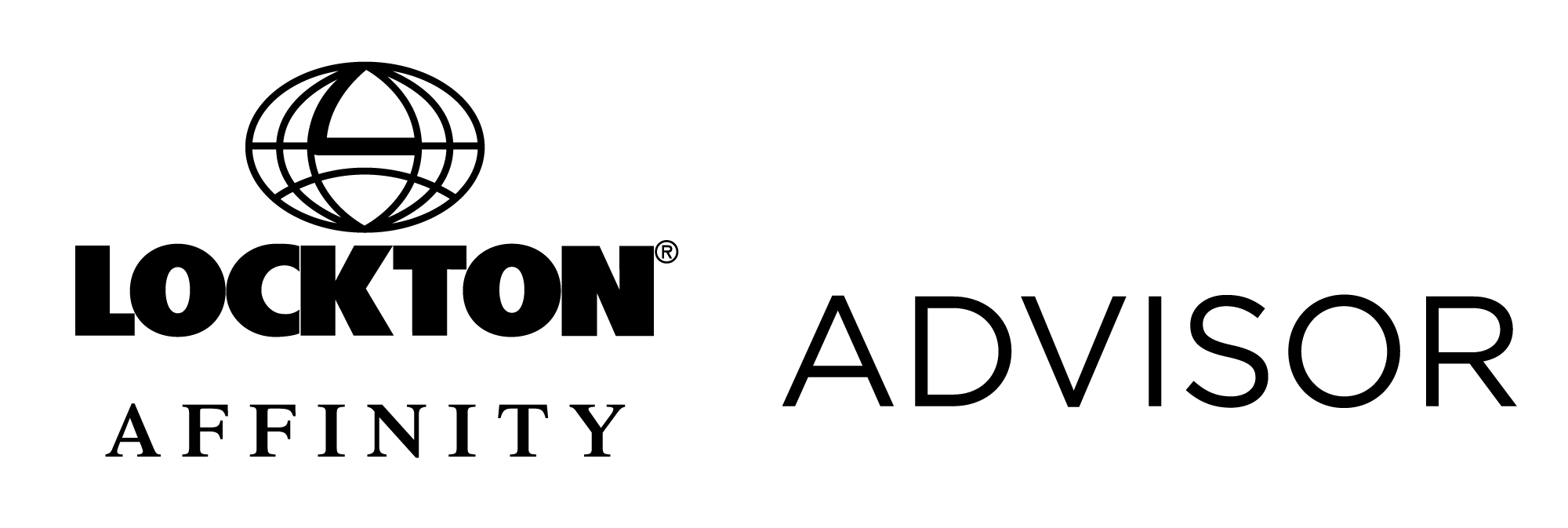Originally published October 13, 2021. Last updated July 23, 2024.
A primary duty of advisors is the faithful execution of trade orders on behalf of clients. If an advisor makes a mistake executing a trade order, a client could suffer a loss that may lead to legal or regulatory penalties for the advisor. Yet even without legal or regulatory actions, advisors may be forced to make clients whole at their own expense.
Despite these risks, industry data shows that trade errors are fairly common. Even more, insurance claims for trade errors have spiked since 2020, with some surveys showing an increase of as much as five times above the prior levels.
As an advisor, there’s always a possibility of making professional mistakes such as trade errors. But by following the proper risk management strategies, you can lower your risks. Here’s what to know about trade errors, strategies to reduce your risks and how to make sure you’re protected in the case of a claim.
Defining the Term Trade Error
In the simplest terms, a trade error involves the transfer, purchase or sale of a security, where there is either an erroneous execution of an unintended trade order or the failure to execute a valid trade order. Trade errors typically result in a loss for the client, but not always. An unintended trade may result in a profit for the client, though it is still technically a mistake.
There are a variety of everyday actions a registered investment advisor can take that may constitute a trade error, such as:
- Buying or selling the wrong security.
- Buying or selling the wrong amount of a security.
- Buying instead of selling a security, or vice versa.
- Executing a trade at the wrong price.
- Executing a trade in the wrong account.
- Duplicating trades.
Specifics can vary and are open to interpretation. Some more complex examples that have been documented in claims include:
- Executing an unintentional sale out of a legacy stock position.
- Violating a client’s trading restriction or investment program.
- Failing to implement a client’s allocation change request.
- Allocating client funds into the market intended for a later asset purchase.
Minimizing the Risk of Trade Errors
While it’s not always feasible to prevent mistakes, it’s possible to greatly reduce the risk and frequency of trade errors with the right precautions.
Here are four procedures shown to help:
- Limiting the number of individuals with trading authority.
- Reconciling trades at the end of the day to ensure trades were executed as intended.
- Designating the individuals responsible for reconciling trades at the end of the day.
- Notifying custodians of tech issues promptly to minimize trades executed manually.
Firms that implement these procedures can help reduce the likelihood of trade errors occurring and identify errors that do happen more quickly.
Protecting Your Firm From Trade Errors
While some advisors may go their whole career without a significant trade error claim, others won’t be so lucky. In the event of a claim, your finances and reputation could take a considerable hit.
Errors and Omissions Liability Insurance (E&O Insurance) can help shield you from legal fees, judgments and settlements resulting from a trade error claim. But it is important to do your homework to make sure you have the coverage you need.
Many E&O Insurance providers have the capability to provide coverage for trade error claims. However, it’s important to speak to your insurance representative to make sure you’re covered. Not all insurance carriers treat trade errors the same. Some require specific endorsements while others exclude coverage in all cases.
To ensure your coverage will respond in the event of a trade error claim, make sure to consult with your insurer. Check that you have coverage for a claim, amend your policy to include necessary coverage or consider an alternative form of protection.
The Lockton Affinity Difference
With E&O Liability Insurance from Lockton Affinity Advisor, you can help protect yourself and your career from the risks you face as an advisor. E&O coverage from Lockton Affinity Advisor protects against risks associated with a broad range of professional services, including both discretionary and non-discretionary trade error claims.
Plus, fiduciary coverage is included automatically. This coverage meets ERISA standards, including services as an ERISA 3(21) and 3(38) advisor, ensuring any fiduciary duties you perform are covered.
Help protect yourself and your career today with an Errors and Omissions Liability policy from Lockton Affinity Advisor.

